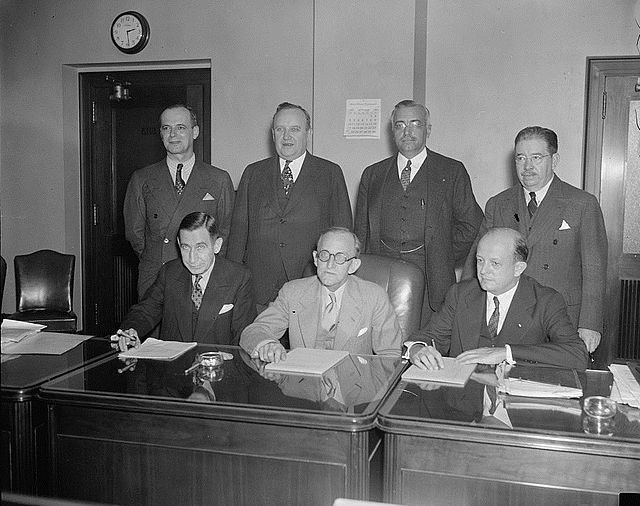Cable television in the United States
Cable television first became available in the United States in 1948. By 1989, 53 million U.S. households received cable television subscriptions, with 60 percent of all U.S. households doing so in 1992. Most cable viewers in the U.S. reside in the suburbs and tend to be middle class; cable television is less common in low income, urban, and rural areas.
Very early Jerrold cable converter box from the late 1970s.
Federal Communications Commission
The Federal Communications Commission (FCC) is an independent agency of the United States government that regulates communications by radio, television, wire, satellite, and cable across the United States. The FCC maintains jurisdiction over the areas of broadband access, fair competition, radio frequency use, media responsibility, public safety, and homeland security.
Former Federal Communications Commission Office in Washington, D.C.
Federal Communications Commission seen in Washington, D.C., in 1937. Seated (l-r) Eugene Octave Sykes, Frank R. McNinch, Chairman Paul Atlee Walker, Standing (l-r) T.A.M. Craven, Thad H. Brown, Norman S. Case, and George Henry Payne.
FCC commissioners inspect the latest in television, December 1, 1939.




